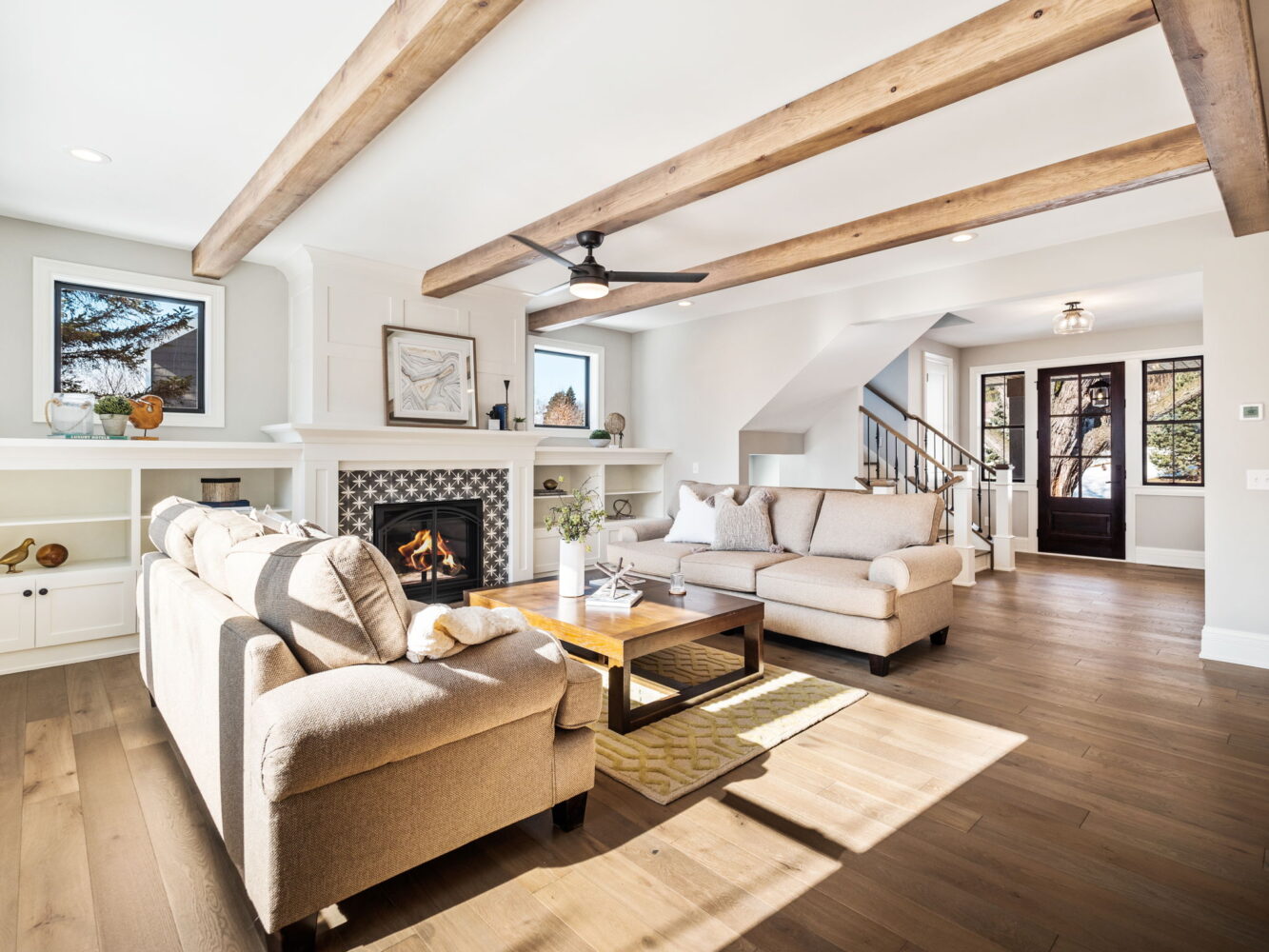Building a custom home in Minnesota allows you to create a space that reflects your unique style and meets your specific needs. However, it’s important to navigate the process with knowledge and careful consideration. From permits and regulations to choosing the right builder and materials, this article will provide insights into common questions about custom home building in Minnesota.
Permits and Regulations
Before breaking ground, it’s crucial to understand the permits and regulations involved in custom home construction. Obtain the necessary building permits from your local municipality or county government. These permits ensure that your home meets safety standards and adheres to local building codes. Familiarize yourself with any specific regulations in your area to ensure compliance throughout the construction process.
Timeline Consideration
Building a custom home requires a realistic understanding of the timeline. The duration can vary based on factors such as the complexity of the design, availability of labor and materials, and efficiency of the construction process. On average, it takes six to twelve months to complete a custom home in Minnesota. Open communication with your builder and setting clear expectations can help streamline the timeline and avoid unnecessary delays.

Budgeting for Your Dream Home
Custom home costs vary significantly depending on factors such as size, design complexity, quality of finishes, and location. Establishing a realistic budget is crucial. Collaborate closely with your builder to determine estimated costs and discuss any potential cost-saving measures. An experienced builder can provide detailed cost estimates and guide you through the process, ensuring transparency and financial feasibility.
Choosing the Right Builder
Finding a reputable builder is paramount to the success of your custom home project. Seek recommendations from trusted sources and research builders’ portfolios. Review their experience, past projects, and client testimonials. Conduct interviews to gauge their expertise, communication style, and willingness to accommodate your vision. Choose a builder who aligns with your goals and has a proven track record of delivering quality homes.
Selecting the Perfect Location
The location of your custom home significantly impacts your lifestyle and long-term value. Consider factors such as proximity to amenities, schools, transportation, and your workplace. Evaluate the surrounding natural environment, potential views, and access to recreational activities. Work closely with your builder to assess the suitability of the land for construction and any specific site requirements.
Building Codes and Energy Efficiency
Minnesota has specific building codes and energy efficiency requirements aimed at promoting sustainable construction practices. Familiarize yourself with the Minnesota Residential Code, which provides guidelines on structural, mechanical, plumbing, and electrical systems. Consider incorporating energy-efficient features such as insulation, high-performance windows, and energy-efficient appliances to reduce utility costs and environmental impact.
Weather-Resistant Materials and Techniques
Minnesota’s climate presents unique challenges, including cold winters and hot summers. It’s crucial to select materials and construction techniques that can withstand these weather conditions. Consult with your builder to choose appropriate materials for insulation, roofing, siding, and windows. Opting for durable and weather-resistant options will ensure the longevity and efficiency of your custom home.
Incorporating Sustainable Practices
Minnesota encourages sustainable building practices, and you can incorporate various green features into your custom home. Consider installing solar panels to harness renewable energy, using sustainable building materials, and implementing efficient heating and cooling systems. These eco-friendly choices not only reduce your carbon footprint but also provide long-term energy savings.
Building a custom home in Minnesota requires careful consideration of permits, regulations, budgeting, and location selection. Engaging a reputable builder who understands the local codes and can guide you through the process is essential. Incorporating sustainable practices and weather-resistant materials will enhance the longevity and efficiency of your custom home. With careful planning and expert guidance, you can turn your dream of a custom home in Minnesota into a reality.




